Stem Cell Therapy Laws in Japan: Safe, Regulated, and Advanced
.png)
When you hear about cutting-edge medical treatments, "stem cell therapy" and "Japan" often come up in the same sentence. Japan has positioned itself as a world leader in regenerative medicine, attracting patients from all over the globe. But with so much conflicting information online, one of the first and most important questions people ask is: "Is stem cell therapy even legal in Japan?" The simple answer is a resounding yes. Not only is it legal, but it's also regulated by a comprehensive, forward-thinking legal framework that sets it apart from almost every other country.
This isn't a medical "wild west." The Japanese government has created specific laws to safely fast-track promising therapies. This means that treatments that might be considered "experimental" and only available in restrictive clinical trials in the US or Europe can be legally offered in Japanese stem cell clinics. This guide will walk you through exactly what makes it legal, what the regulations are, and what you need to know to safely navigate your options for stem cell therapy in Japan.
What makes stem cell therapy legal in Japan?
This law is what makes Japan unique. Instead of the long, multi-decade approval process required by agencies like the US Food and Drug Administration (FDA), Japan's ASRM creates a different pathway. It allows clinics to offer regenerative therapies to patients after their treatment plan has been reviewed for safety and rationale by an independent, government-accredited committee.
This system is designed to accelerate the availability of safe, promising treatments. The trade-off is that clinics must meticulously track patient data and safety outcomes and report them to the Ministry of Health, Labour and Welfare (MHLW). This allows the government to gather real-world evidence on these therapies while giving patients access to them sooner.
What is the "Act on the Safety of Regenerative Medicine" (ASRM)?
This law classifies regenerative medicine treatments into three risk categories (Class I, II, and III). Most treatments offered to medical tourists, like using a patient's own fat-derived stem cells, fall into the lower-risk categories (Class II or III). To offer any of these treatments, a clinic can't just open its doors and start injecting. They must first submit a detailed "treatment plan" to an independent review board.
This plan outlines:
- What kind of cells they will use (e.g., adipose-derived, umbilical cord-derived).
- How the cells will be processed and grown.
- What condition they are treating (e.g., knee osteoarthritis).
- All the safety protocols involved.
Only after this committee approves the plan and it's registered with the MHLW can the clinic legally offer that specific therapy.
Is stem cell therapy in Japan safe and regulated?
The legality of the therapy is directly tied to its safety. The ASRM mandates that all cell processing (the separating, growing, and storing of stem cells) must be done in a Cell Processing Center (CPC). A CPC is a highly specialized, clean-room laboratory that must meet stringent government standards for quality control, purity, and safety.
This is a crucial point. It prevents clinics from processing cells in an unsterile back room, which is a major risk in unregulated markets. This focus on a sterile, high-quality "product" is a cornerstone of Japan's safety regulations and a key reason why patients trust the system.
Why is Japan a leader in stem cell research?
The 2012 Nobel Prize in Medicine marked a turning point for Japan, sparking national enthusiasm and pride in regenerative medicine. This milestone led to significant government and private investment in the field. The resulting research momentum ultimately inspired the creation of the ASRM, designed to safely and efficiently translate scientific breakthroughs into real-world patient treatments.
What are iPS cells (induced pluripotent stem cells)?
Think of it this way: an adult skin cell is "specialized" and can only be a skin cell. Dr. Yamanaka discovered how to hit a "factory reset" button on that cell, turning it back into a "pluripotent" stem cell—one that is just like an embryonic stem cell and has the potential to become a heart cell, brain cell, or cartilage cell. This discovery is the future, but it's important to know that most legal therapies offered to patients today use Mesenchymal Stem Cells (MSCs), not iPS cells.
What's the difference between Japanese and US stem cell regulations?
In the United States, most stem cell therapies (outside of a few specific bone marrow and cord blood uses) are classified as "investigational new drugs." This means they must go through the same rigorous, multi-phase clinical trial process as any new pharmaceutical, which can take 10-15 years and hundreds of millions of dollars. Because of this, most stem cell treatments in the US are only legally available to patients who are enrolled in a clinical trial.
Japan's system, in contrast, says that if a therapy has shown a strong safety profile and has a logical scientific basis, it can be offered to paying patients *while* the clinic gathers more data. This is a fundamental shift in philosophy, prioritizing patient access alongside safety and data collection.
How do I know if a Japanese stem cell clinic is legitimate?
Here are a few things to check to verify a clinic is legal and reputable:
- Ask for their MHLW Notification Number: This is non-negotiable. A legal clinic will have this and should be transparent about it.
- Confirm they use a certified CPC: Ask them where your cells will be processed. A legitimate clinic will proudly name their certified lab partner.
- Look for transparency: They should provide a clear, itemized quote and patiently answer all your questions about risks and realistic outcomes.
- Beware of "Miracle Cures": Reputable doctors are scientific and cautious. Be wary of any clinic that guarantees 100% success or claims to cure everything.
What types of stem cell therapies are legal and common in Japan?
These MSCs are "adult" stem cells, which are non-controversial and have a strong safety profile. They are known for their powerful anti-inflammatory and regenerative signaling abilities. They work by quieting inflammation and signaling your body's own repair mechanisms to get to work.
What conditions do Japanese clinics legally treat with stem cells?
Because the law is flexible, clinics can submit treatment plans for many different conditions. The most common and well-established treatments you will find are for orthopedic issues like knee, hip, or shoulder pain. Systemic IV infusions for general wellness, anti-aging, and to support autoimmune conditions are also very common.
How much does legal stem cell therapy cost in Japan?
The high cost is a direct reflection of the strict legal and safety standards. The price includes the doctor's expertise, the minor harvesting procedure (if needed), and, most importantly, the expensive work done at the certified Cell Processing Center (CPC) to isolate, culture, and test your cells for purity and viability.
Cost Comparison of Legal Stem Cell Treatments in Japan (Estimates)
| Treatment Type | Condition Treated | Estimated Cost (JPY) | Estimated Cost (USD) |
|---|---|---|---|
| Local Injection (Adipose MSCs) | Osteoarthritis (One Knee) | ¥1,000,000 - ¥1,500,000 | $6,500 - $9,700 |
| Systemic IV Infusion (Adipose MSCs) | Anti-Aging / Wellness | ¥3,400,000 - ¥6,000,000 | $22,000 - $38,800 |
| Local Injection (Fibroblasts) | Skin Rejuvenation (Face) | ¥1,000,000 - ¥1,600,000 | $6,500 - $10,300 |
| Systemic IV Infusion (Umbilical MSCs) | Autoimmune Support | ¥4,400,000 - ¥9,900,000+ | $28,400 - $64,000+ |
Is it safe for a foreigner to get stem cell therapy in Japan?
The legal framework protects everyone, not just Japanese citizens. Top-tier clinics often have dedicated international patient coordinators and English-speaking staff to ensure a smooth and safe experience. You are protected by the same laws and quality controls as a local patient.
What are the risks of stem cell therapy, even if it's legal?
A reputable doctor will discuss these with you. With autologous (your own) cells, there is no risk of rejection. With allogeneic (donor) cells, they are carefully screened, but a very small risk of allergic reaction could exist. The most significant risk in the global stem cell market—contamination—is the very thing Japan's CPC system is designed to prevent.
Does "legal" mean "guaranteed to work"?
This is a critical distinction. The Japanese system allows these treatments to be offered because they have a strong scientific basis and a high safety profile. However, medicine is complex. A 30-year-old athlete with a minor cartilage tear will likely have a different result than an 80-year-old with severe, bone-on-bone arthritis. A good clinic will assess your specific case and be honest about the potential outcomes.
Can I get iPS cell therapy in Japan?
This is a common point of confusion. The legal treatments you can pay for as a patient at a private clinic almost always use Mesenchymal Stem Cells (MSCs). The revolutionary iPS cell therapies are still largely in the research and trial stage at major university hospitals and are not yet available to the public.
Ready to explore the safe, legal, and advanced options for Do stem cell therapy in Japan? PlacidWay connects you with a network of world-class, accredited medical facilities in Japan and around the globe.


.png)


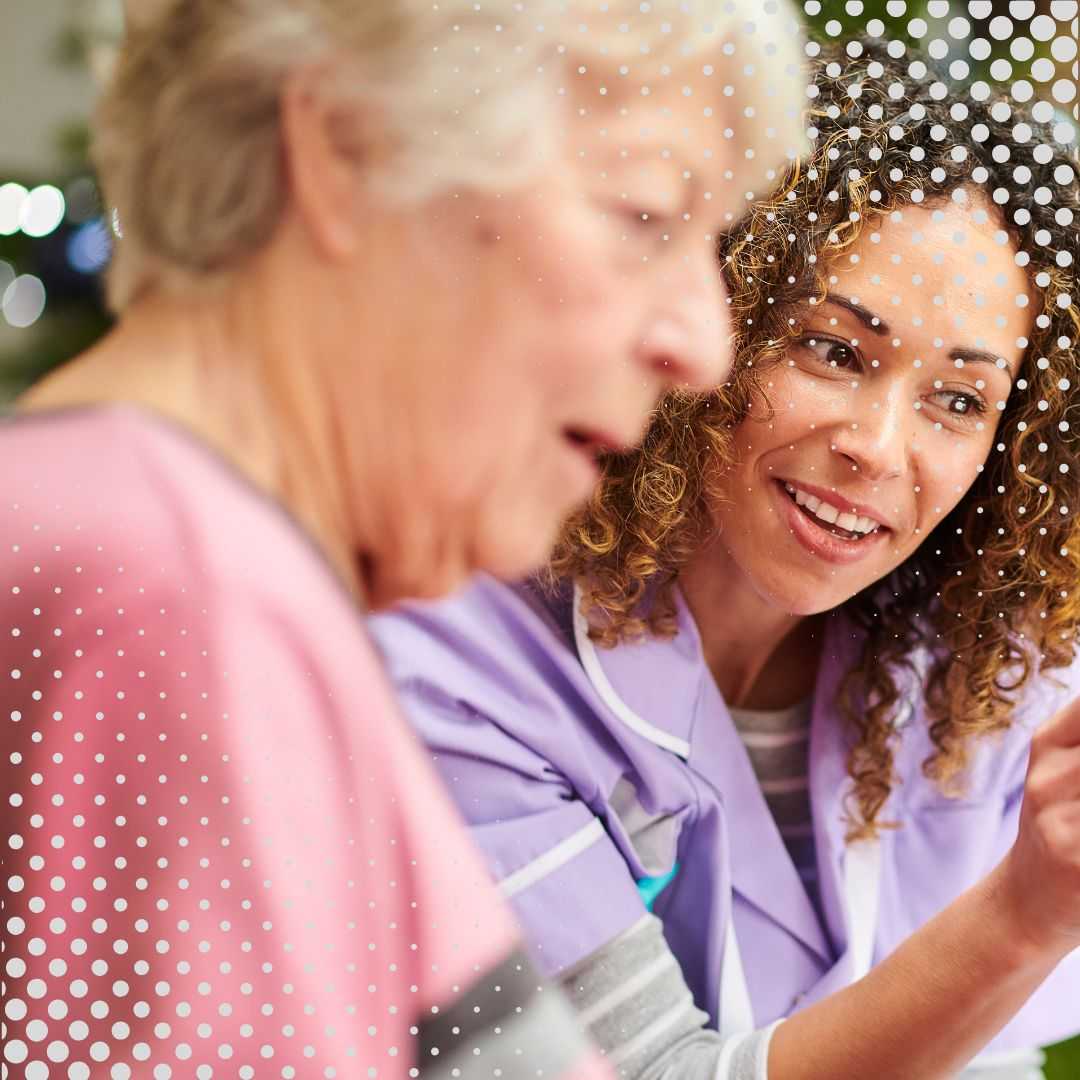
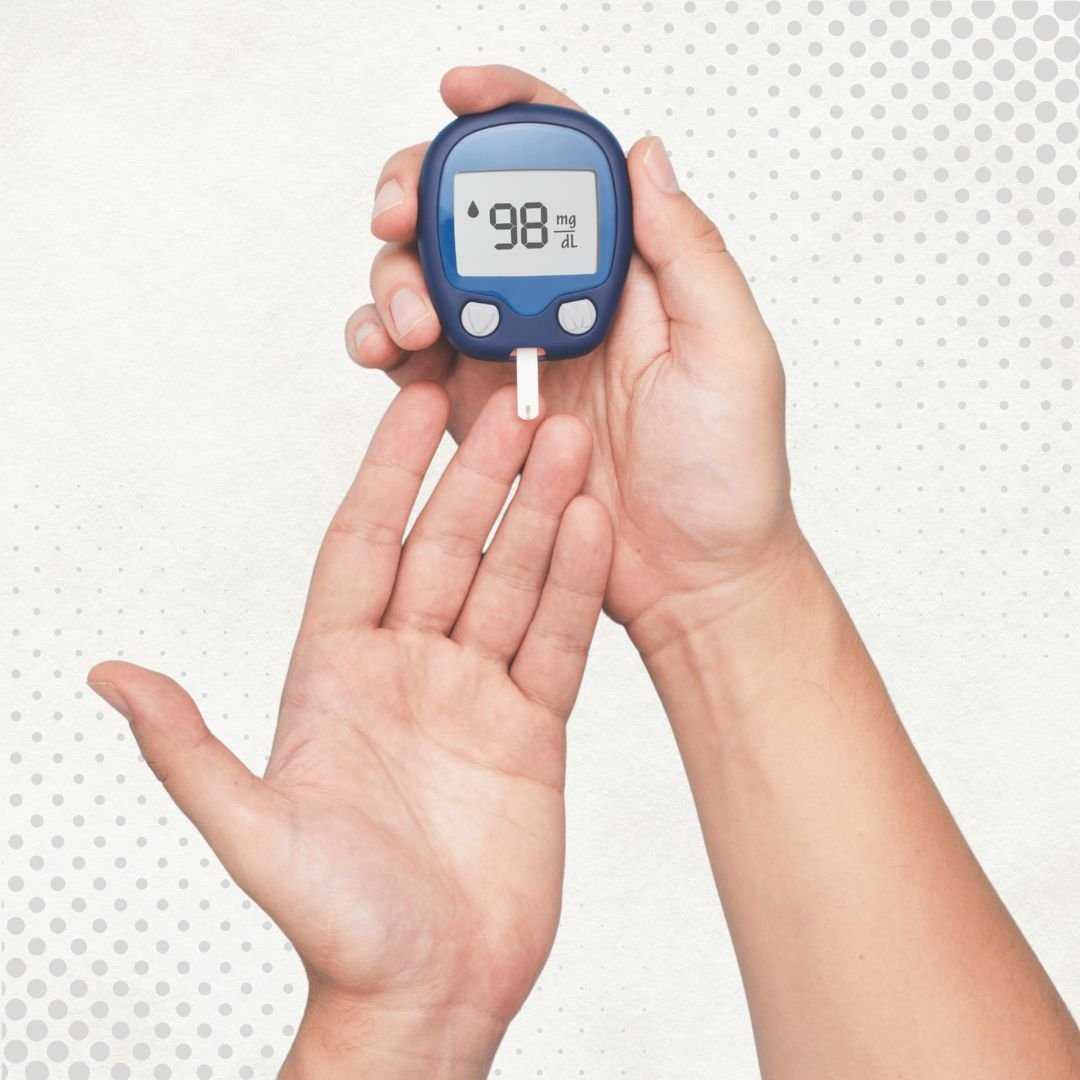




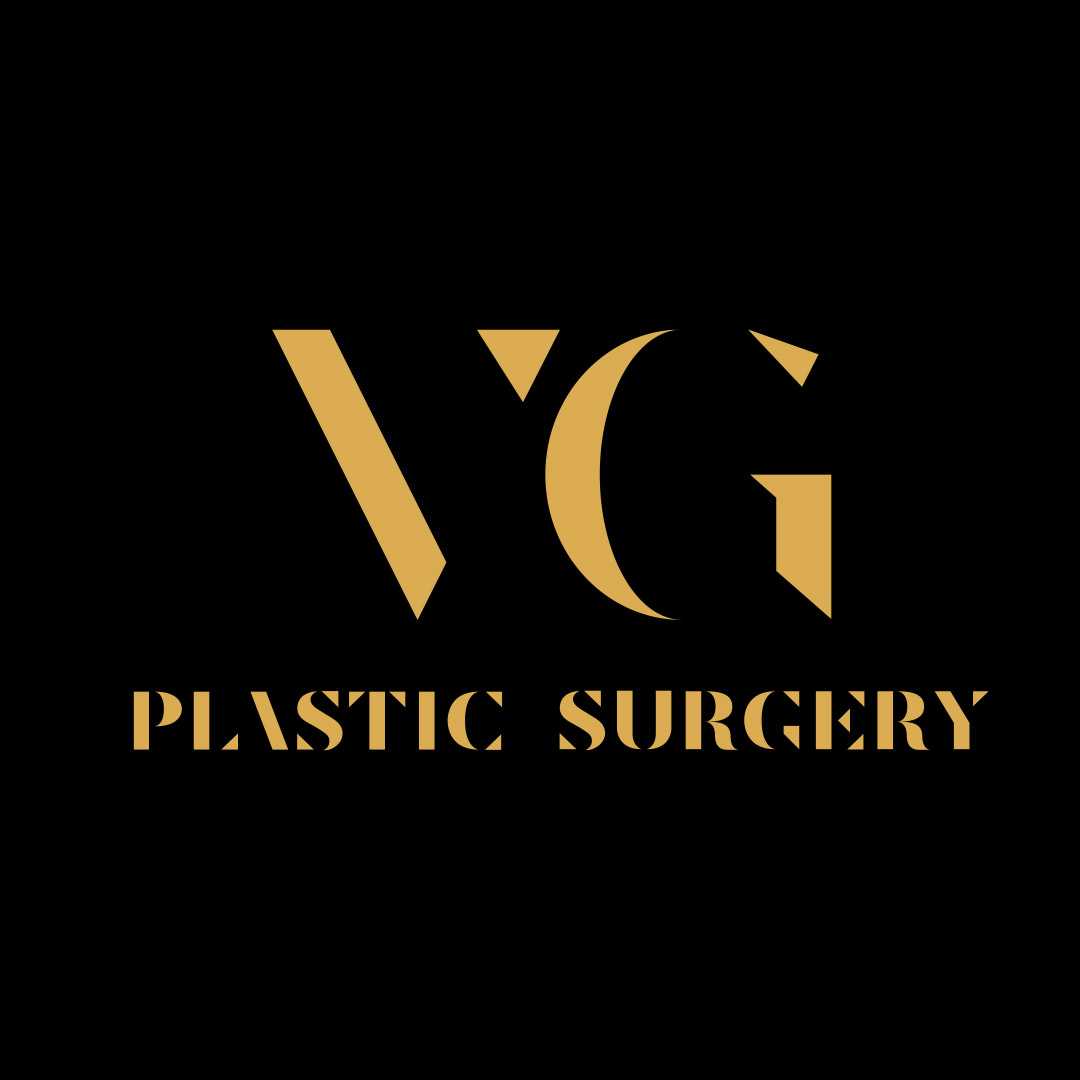

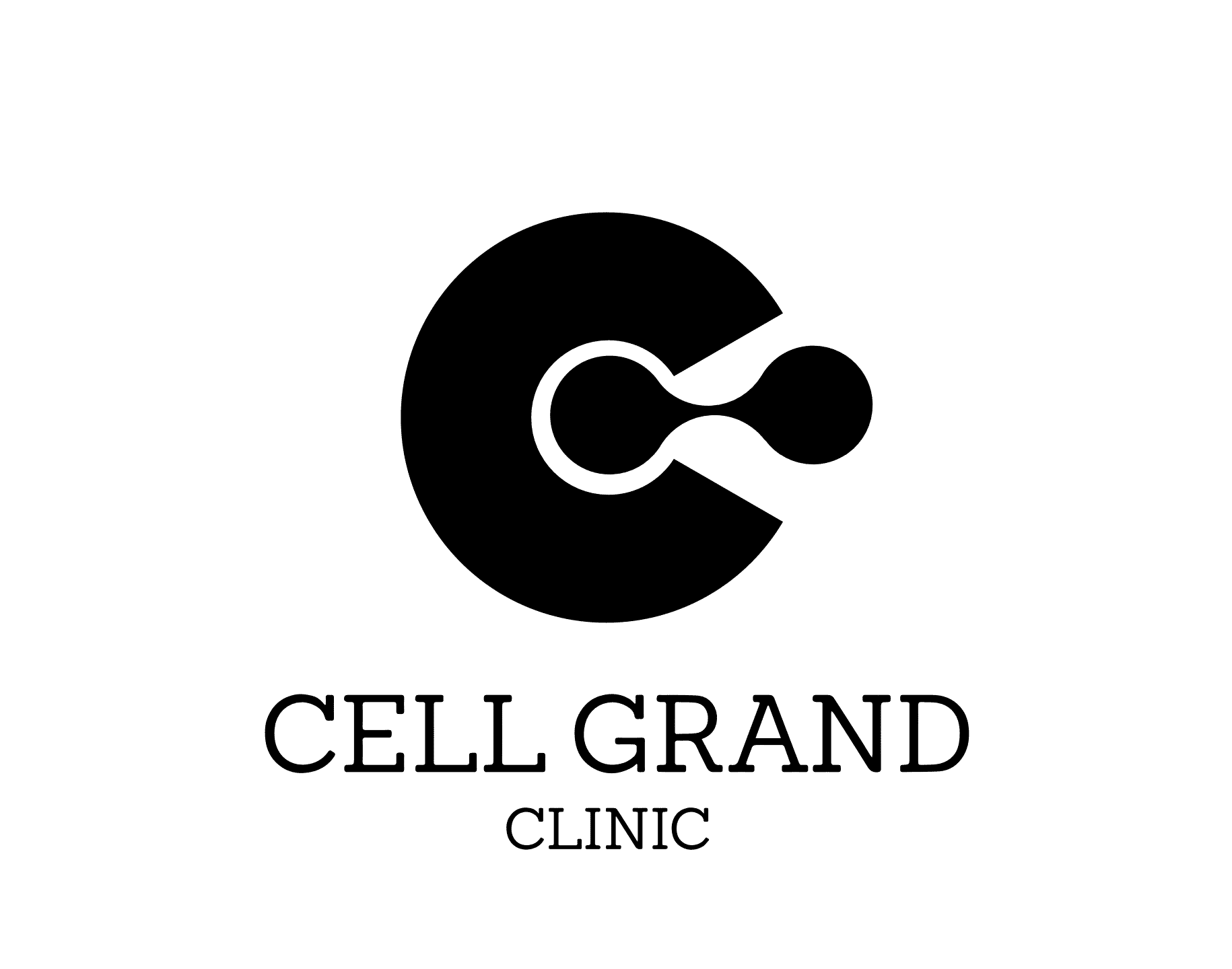
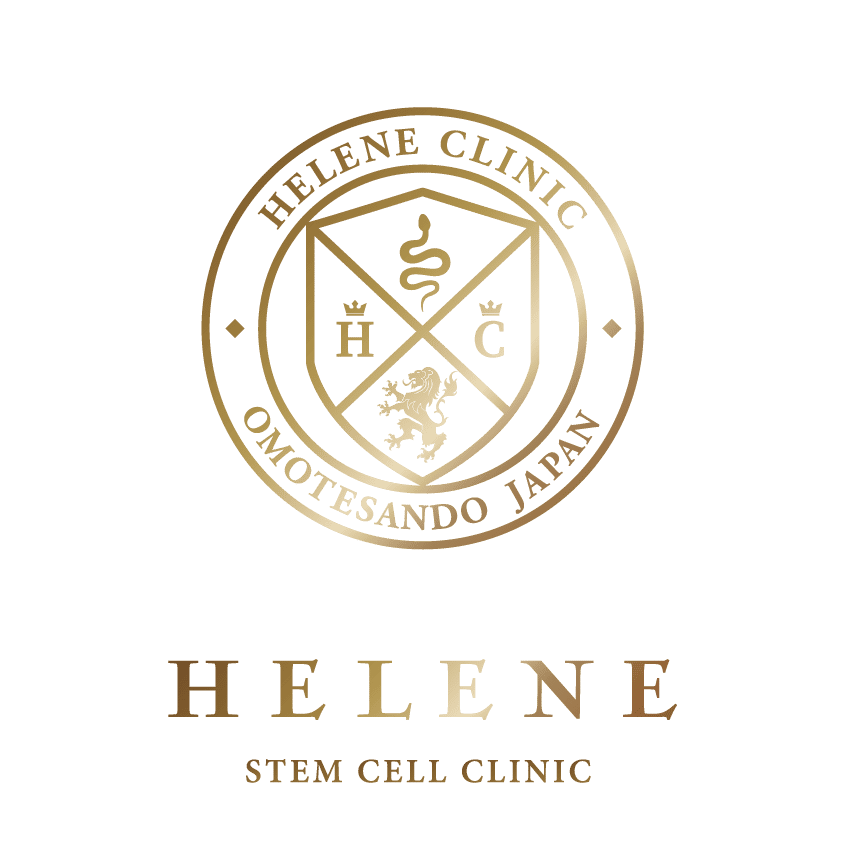

Share this listing